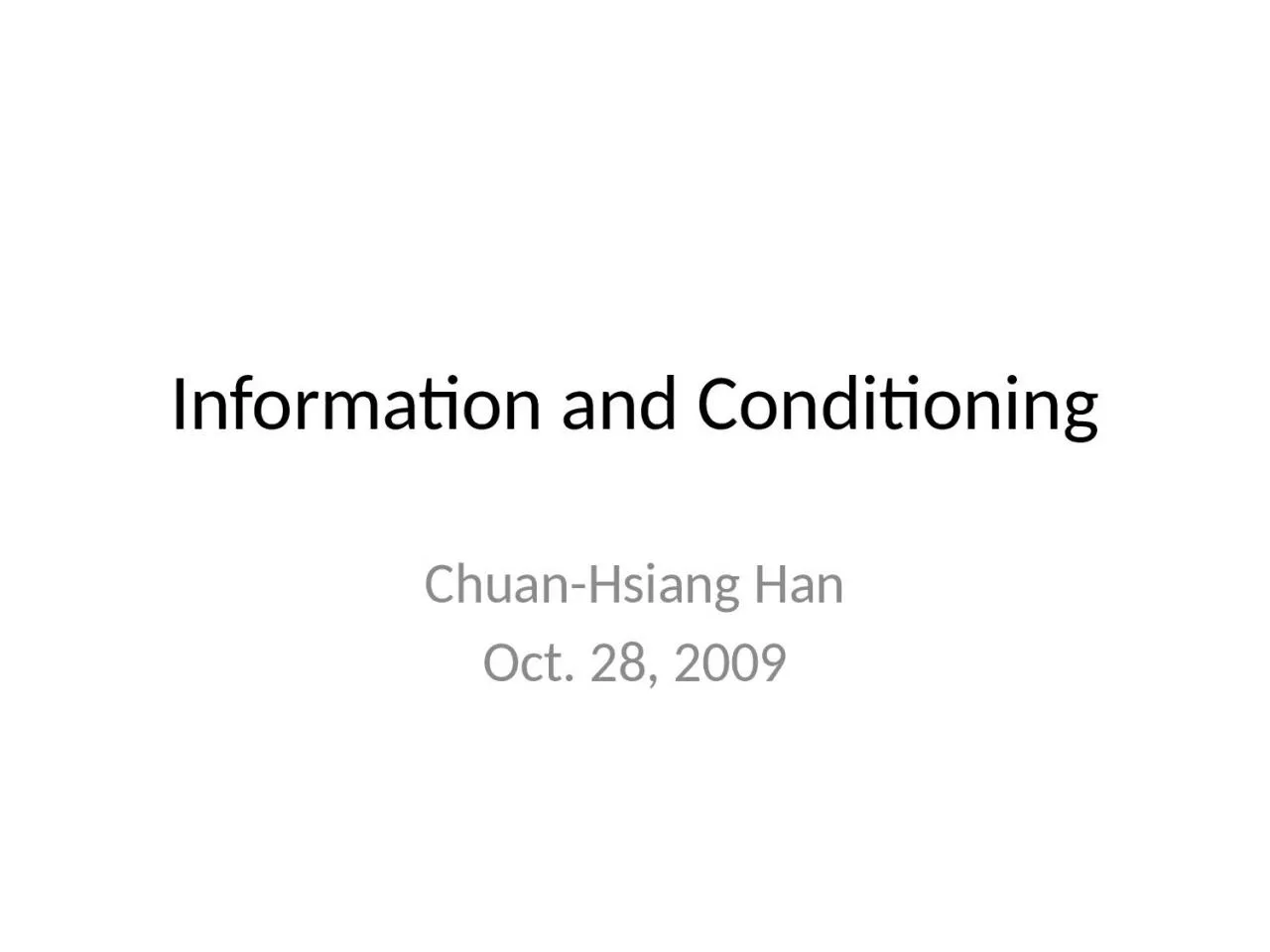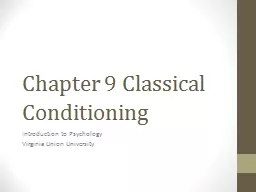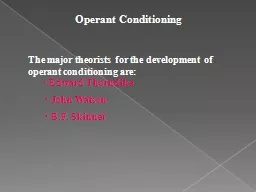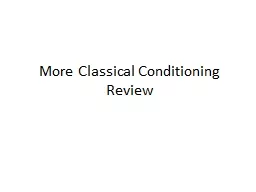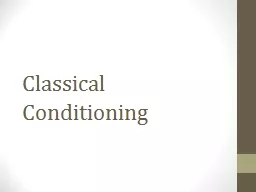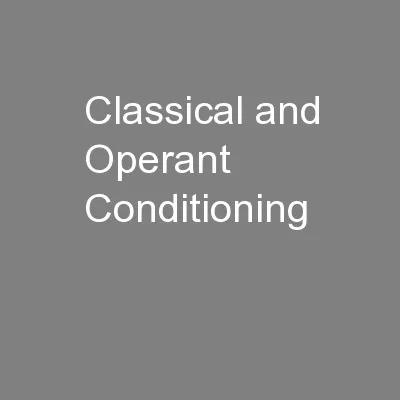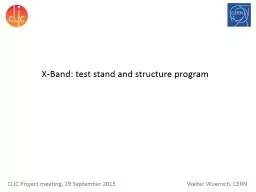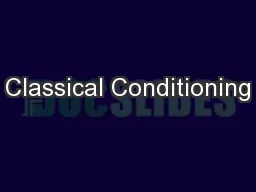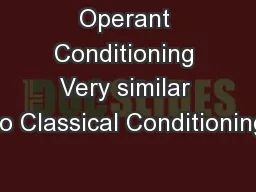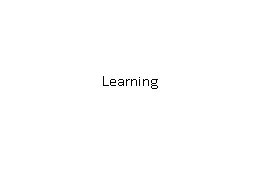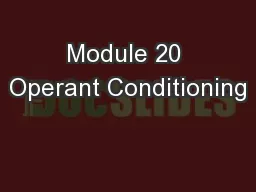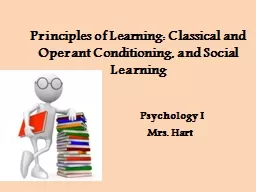PPT-Information and Conditioning
Author : madison | Published Date : 2024-02-03
Chuan Hsiang Han Oct 28 2009 A three period cointoss example Let a coin toss outcome The outcome of a coin tossed three times is denoted by Let is a algebra
Presentation Embed Code
Download Presentation
Download Presentation The PPT/PDF document "Information and Conditioning" is the property of its rightful owner. Permission is granted to download and print the materials on this website for personal, non-commercial use only, and to display it on your personal computer provided you do not modify the materials and that you retain all copyright notices contained in the materials. By downloading content from our website, you accept the terms of this agreement.
Information and Conditioning: Transcript
Download Rules Of Document
"Information and Conditioning"The content belongs to its owner. You may download and print it for personal use, without modification, and keep all copyright notices. By downloading, you agree to these terms.
Related Documents

